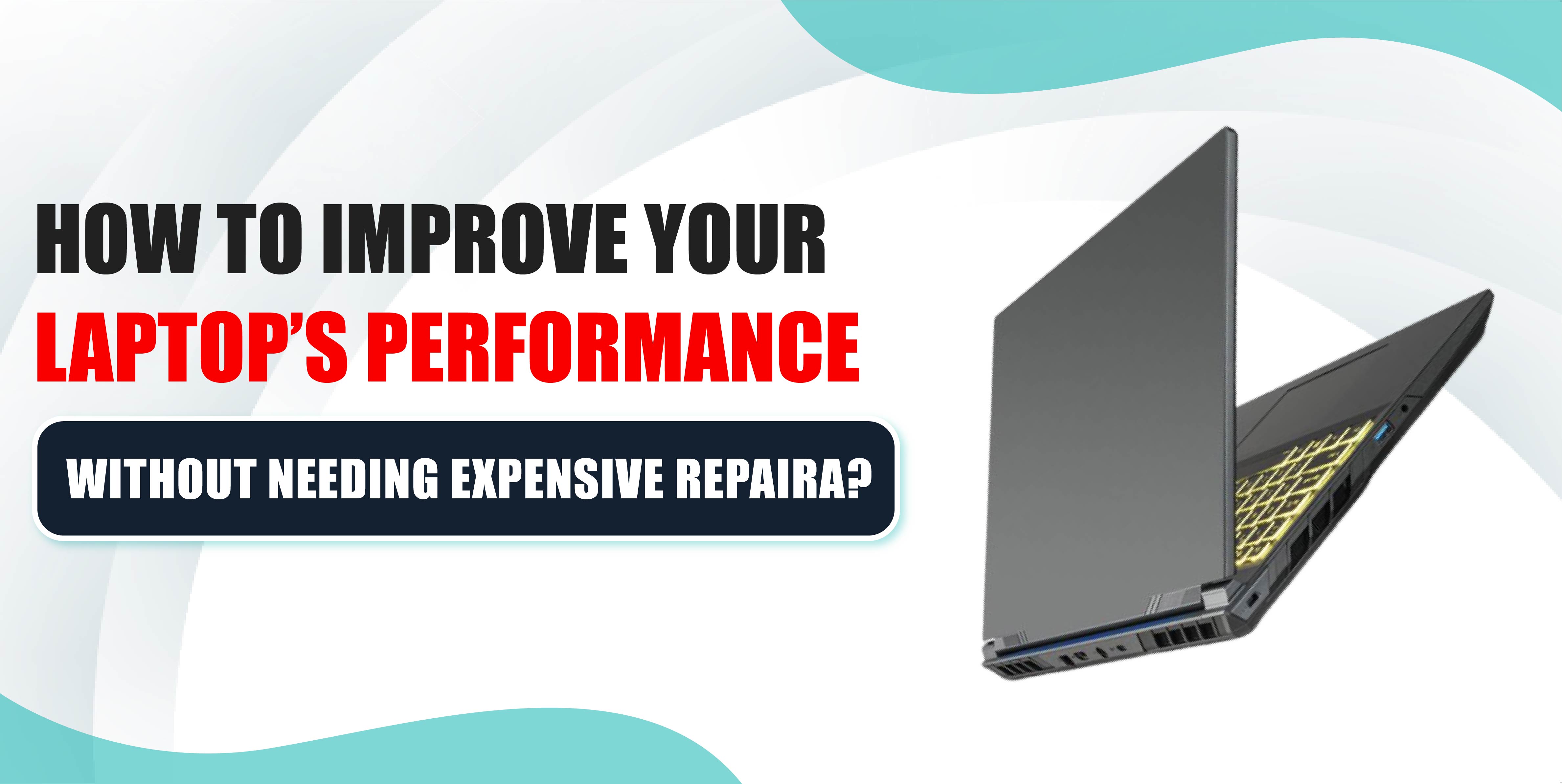
A slow or underperforming laptop can be frustrating, especially when you rely on it for work, school, or entertainment. While many people think the only solution is costly repairs or upgrades, there are several ways to improve your laptop’s performance without spending much money. By following these simple steps, you can enhance your laptop’s speed, functionality, and longevity without breaking the bank.
One of the most effective ways to improve your laptop’s performance is by cleaning up your hard drive. Over time, files, applications, and other data accumulate and take up valuable space, slowing down your system. Start by deleting unnecessary files, uninstalling unused programs, and clearing your cache. You can also use built-in tools like Disk Cleanup on Windows or third-party software to remove junk files.
In addition, consider moving large files, such as videos and photos, to an external hard drive or cloud storage. Freeing up hard drive space can significantly improve your laptop’s speed, making it easier for your system to access and process information.
When you turn on your laptop, several programs may automatically start running in the background, consuming valuable resources and slowing down your system. Managing these startup programs can drastically improve your laptop’s performance.
To manage startup programs on Windows, press Ctrl + Shift + Esc to open Task Manager, then navigate to the Startup tab. Disable any unnecessary programs that start up with your system. On macOS, go to System Preferences > Users & Groups, and click on Login Items to manage startup applications.
While this suggestion involves a minor cost, upgrading your laptop’s RAM (random access memory) is one of the most effective ways to improve performance without requiring expensive repairs. RAM is responsible for handling active tasks on your laptop, and the more RAM you have, the smoother your system will run, especially when multitasking.
Malware, viruses, and other malicious software can wreak havoc on your laptop’s performance. These programs often run in the background, using up system resources and slowing everything down. To keep your laptop running smoothly, it’s essential to regularly scan your system for malware and viruses.
Make sure you have a reliable antivirus program installed and keep it updated. Additionally, avoid downloading files or software from untrusted sources, as these can introduce harmful malware into your system. Regularly running antivirus scans and staying cautious online can protect your laptop from performance issues caused by malware.
Many users neglect to update their operating system and software regularly, which can lead to performance issues. Developers often release updates that include bug fixes, security patches, and performance improvements, so keeping your system up-to-date is crucial.
Whether you’re using Windows, macOS, or another operating system, ensure that automatic updates are enabled. This will ensure that your laptop is running the latest version of the operating system, improving speed, security, and performance.
For laptops with traditional hard drives (HDDs), defragmenting can significantly improve performance. Over time, data on an HDD can become scattered, causing the system to take longer to access files. Defragmentation reorganizes your data so that related files are stored together, making it easier and faster for your laptop to retrieve information.
Windows has a built-in defragmentation tool that you can access by typing “defragment” in the search bar. Run this tool periodically to keep your hard drive organized and operating at optimal speed. Note that this is unnecessary for laptops with solid-state drives (SSDs), as SSDs do not require defragmentation.
Dust, dirt, and debris can accumulate inside your laptop over time, leading to overheating and poor performance. Cleaning your laptop’s vents, keyboard, and fans can prevent this buildup and improve airflow, allowing your laptop to stay cool and run efficiently.
Use compressed air to blow out any dust from your laptop’s vents and fans. This can prevent overheating and ensure that your laptop’s components operate smoothly. Additionally, keeping the keyboard clean can avoid issues with unresponsive keys, making your laptop more pleasant to use.
Many laptops come with power settings that can be adjusted to prioritize performance or battery life. If your laptop is slow, switching to a high-performance power plan can help boost speed.
On Windows, go to Control Panel > Power Options and select the High-Performance plan. On macOS, go to System Preferences > Energy Saver and adjust your settings to maximize performance. Keep in mind that using a high-performance power plan may reduce battery life, but it will help improve your laptop’s speed and responsiveness.
Improving your laptop’s performance doesn’t always require expensive repairs or professional help. By following these simple tips—such as cleaning up your hard drive, managing startup programs, and keeping your system free of malware—you can enhance your laptop’s speed and functionality.
Small upgrades like adding more RAM or cleaning your laptop’s physical components can also make a big difference. With a little regular maintenance and attention, you can keep your laptop running smoothly without the need for costly repairs.